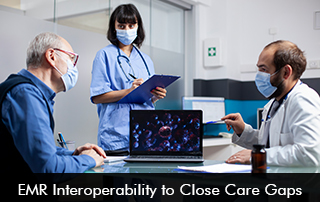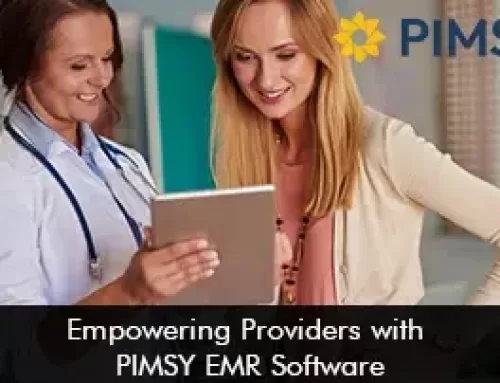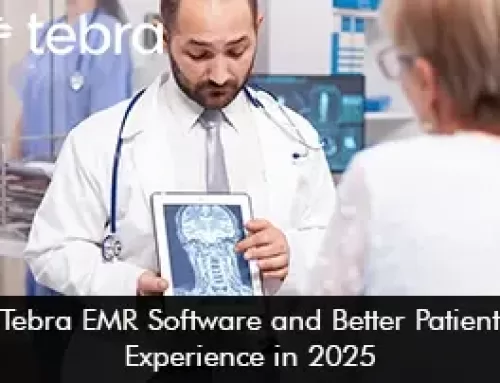Even the tiniest gaps in patient care can have significant repercussions in healthcare. When follow-ups are overlooked, treatments aren’t well-coordinated, or medical records are inaccessible, it can result in delayed diagnoses or avoidable hospital stays. The solution lies in EMR Software interoperability, which means electronic medical records software systems can share and access patient data across different platforms. This ability to exchange data in real-time and without friction allows healthcare providers to remain well-informed, proactive, and aligned in their care strategies.
Understanding Care Gaps and Their Impact
Care gaps happen when people skip important health screenings, don’t properly manage long-term health issues, or get lost in the shuffle when moving between different parts of the healthcare system. The CDC reports that things like heart disease and diabetes are responsible for 7 out of every 10 deaths in the U.S., and many of these deaths could be avoided with regular check-ups and early treatment.
When healthcare providers work in separate, isolated systems, getting a full picture of a patient’s health background becomes tough. For example, a specialist might not be able to see lab results from a different clinic. This kind of disconnectedness doesn’t just lower the quality of care; it can also be the difference between life and death. That’s where EHR Software interoperability connects patient information across various systems and healthcare locations.
How EMR Software Interoperability Makes Care Complete
When Electronic Medical Records Software Systems can “talk” to each other (interoperability), it lets healthcare providers see and share a patient’s medical history—things like vaccinations, medications, allergies, and past illnesses—no matter where the patient received care. This means everyone involved in a patient’s care can get the same, most recent information.
Having all this information in one place helps care teams spot any missed tests, pinpoint areas where ongoing care might be lacking, and get patients the follow-up they need right away. For instance, if a patient with diabetes goes to the emergency room, and their regular doctor gets a real-time alert through the shared EMR System, they can quickly arrange for any necessary follow-up, potentially preventing further health problems.
The Role of National Health Initiatives in EHR Software Interoperability
National health initiatives are playing a significant role in promoting the smooth flow of patient information. Both the CDC and the Office of the National Coordinator for Health IT are championing the cause of health data interoperability as a key strategy to minimize preventable health risks. Through initiatives like the Trusted Exchange Framework and Common Agreement (TEFCA), they’re striving to make nationwide data exchange a reality, aiming for seamless movement of patient data between hospitals, clinics, and public health systems.
These endeavors are prompting EMR Software vendors and healthcare providers to dismantle data silos. This is all in the name of enhancing overall population health and shrinking the gaps in healthcare quality.
Better Connections and Patient Care with EHR Software Interoperability
With interoperable EMR Software, Patients don’t have to keep repeating their medical history during every appointment. Healthcare providers can work together much more smoothly. What matters most is that patients get the care they need, right when they need it—no matter where they are.
By bridging the gaps in care using this EHR Software interoperability, we’re making a big leap toward a healthcare system that’s more connected, efficient, and truly caring.







